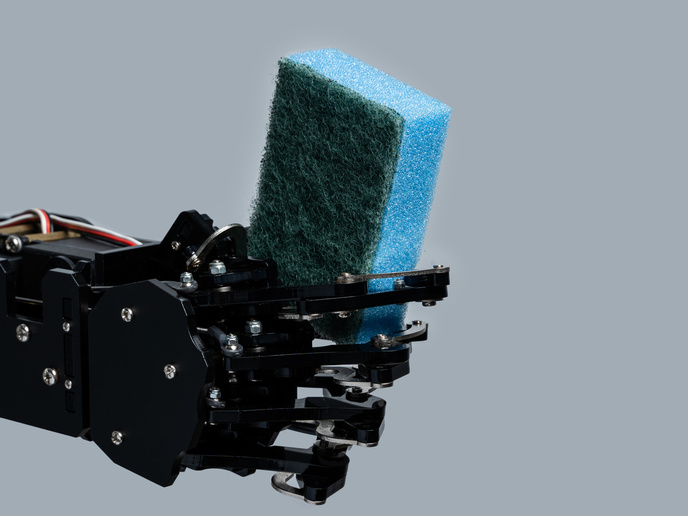Understanding global Catholicism in a contemporary context
In an attempt to trace the global transformation of Catholicism over the last few decades, the EU-funded CAT-CAM project investigated the evolution of the charismatic movement in Europe and North America. More specifically, it studied the growth of the Catholic Charismatic Renewal (CCR). This research was undertaken with the support of the Marie Skłodowska-Curie International Fellowships – Global Fellowships programme.
Following the tracks
The research emphasis was on the North American part of the story. It began with the identification of the origins of the CCR back in 1967, when two Catholics were baptised in the Holy Spirit in Pittsburgh, PA. CAT-CAM then presented the development of the movement in Indiana, Michigan and, further, its spread to Europe. Initial patterns of the movement’s leadership and organisation in its early institutional forms prove to be the key element that influenced the renewal in the rest of the world. The dense network of relationships between North American and European charismatic leaders and other international leaders is indicative of the movement’s role in the transformations that led to the current state of Catholicism. The findings shed a light on the reaction of the Catholic ecclesiastical world, from the initial detachment from the movement to its gradual legitimisation. Moreover, project research showcases the issue of gender within the CCR, a result of the predominance of men among charismatic lay leaders and certain charismatic literature, and its impact on the whole identity of the movement.
Using fresh tools, overcoming challenges
What makes CAT-CAM unique is the originality of its methodology. To investigate the origins of the Catholic charismatic movement from a historical perspective, primary sources were used “not only the historiography ‘from the very beginning’, but also the timely theological responses and the first sociological investigations carried out on the field,” notes Valentina Ciciliot, Marie Skłodowska-Curie research fellow at project host Ca’ Foscari University of Venice. Because of the necessary utilisation of oral sources, the human factor has been an essential element of the research process. As such, the most serious challenge proved to be the need to adapt the legal framework so as to facilitate the collection of oral testimonies – interviews with actors involved in the history of the Catholic charismatic movement, for example. “It was a long and quite complicated process because of the sensitive data that were involved, but it was really fruitful at the end,” Ciciliot explains.
Providing a new perspective and greater awareness
Now complete, CAT-CAM resulted in the opening of a new interpretive perspective for the understanding of the Catholic charismatic movement, as well as of the developments within the Catholic Church on a broader scale. The 3-year project included archival research and publications. The fellow delivered a series of specialised conferences and seminars, and project results became the core subject of a two-class course on North American Christianity. The main outcome of the project is a monograph titled ‘A new Pentecost: How the Catholic Charismatic Movement Made the Church Global’, which is currently in progress.
Keywords
CAT-CAM, Catholic charismatic movement, Catholicism, European identity, religion, Catholic Charismatic Renewal, Catholic Church, Christianity







